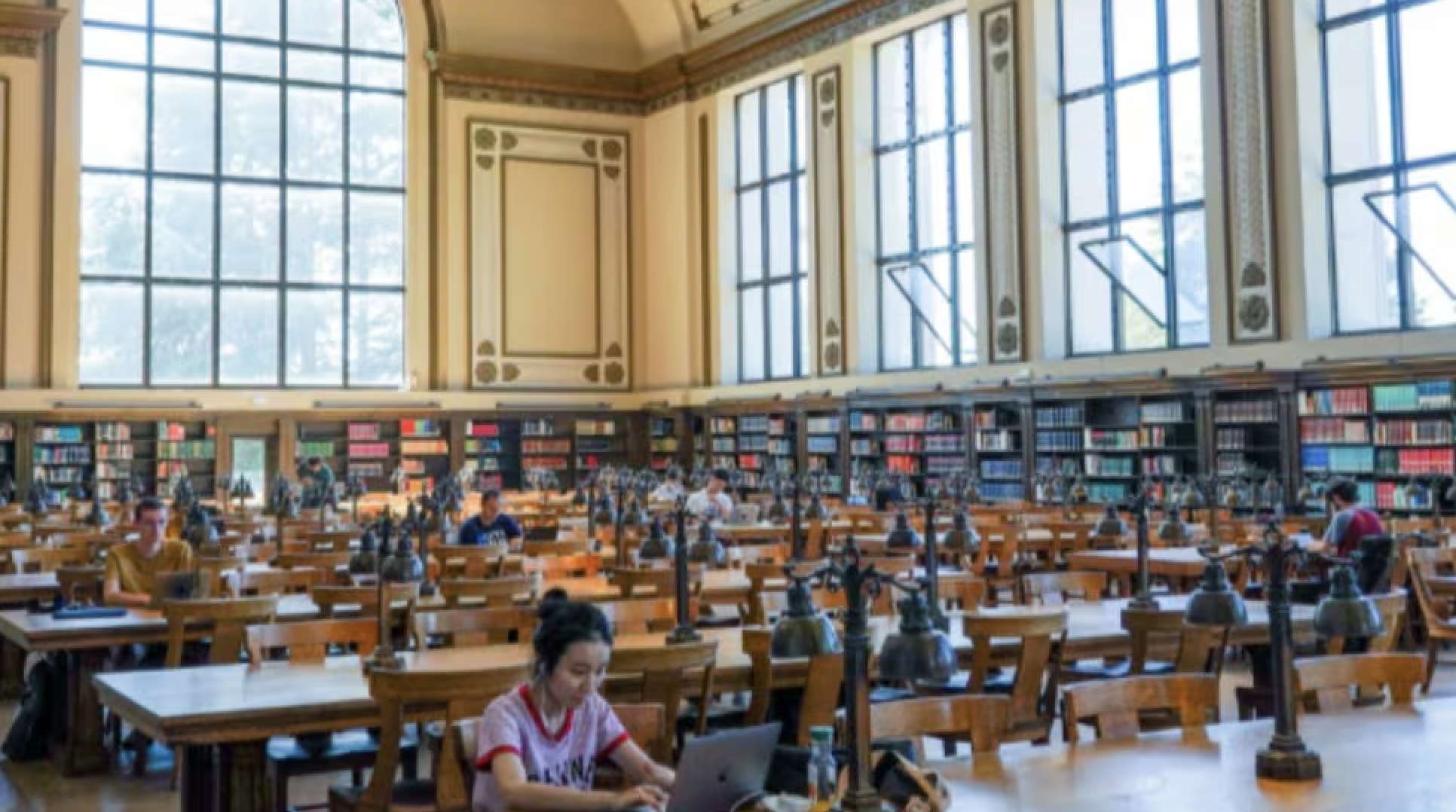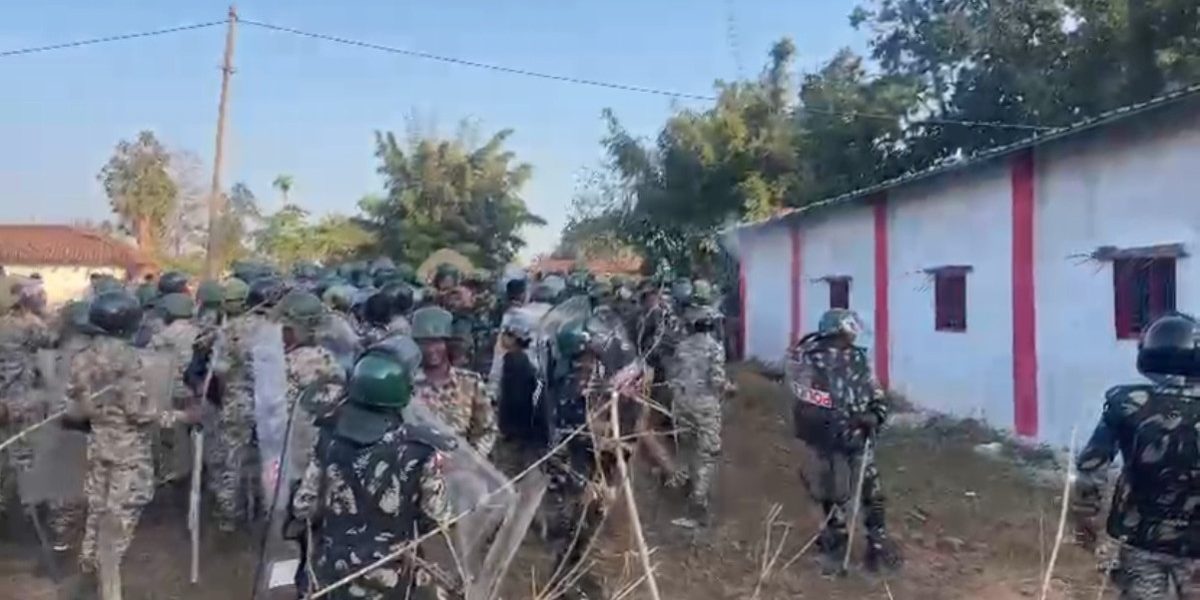
re India’s nationalist politicians trying to export the ethnic and religious conflicts they stir up at home? Clashes between Hindus and Muslims in the UK city of Leicester last September suggest they are. According to the BBC, more than half the 200,000 tweets about the violence came from users in India (with multiple accounts) who support Hindutva, which seeks to establish Hindu hegemony.
The term Hindutva was popularised by the politician Veer (Vinayak Damodar) Savarkar (1883-1966) in his book Essentials of Hindutva (1923), which became one of the founding texts of the nationalist paramilitary volunteer organisation Rashtriya Swayamsevak Sangh (RSS, National Volunteer Corps). Founded in 1925 on the lines of Mussolini’s Italian Fasces of Combat, the RSS is considered the forerunner of modern Hindu nationalism. It has a host of affiliated organisations in India and abroad, including trade and students’ unions, a women’s branch and a publishing house.
The RSS was twice banned in India: in 1948, after the assassination of Mahatma Gandhi, father of the struggle against British rule, by a long-term RSS supporter; and again during the 1975-77 state of emergency under Indira Gandhi. The RSS leadership then decided to strengthen contacts with the diaspora by establishing foreign affiliates. In 1976 RSS supporters in the UK founded Friends of India Society International (FISI), to promote Hindutva ideology. FISI remains active in the UK and continental Europe, notably in Paris.
In India, the RSS has its own political wing, the Bharatiya Janata Party (BJP, Indian People’s Party). Prime minister Narendra Modi, a longstanding RSS member, became a BJP organiser and eventually led the party to election victory in 2014 and again in 2019.
This story was originally published in mondediplo.com . Read the full story here





